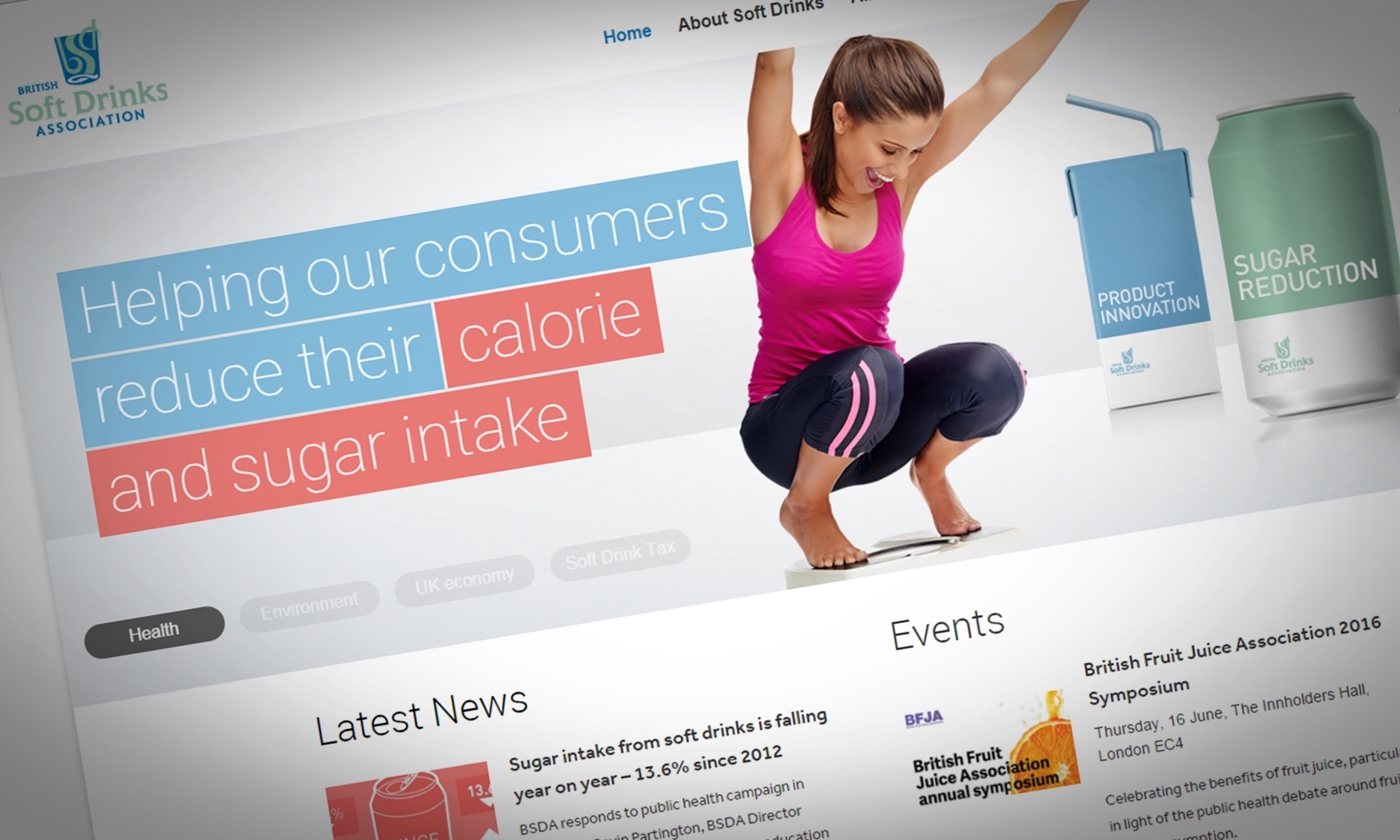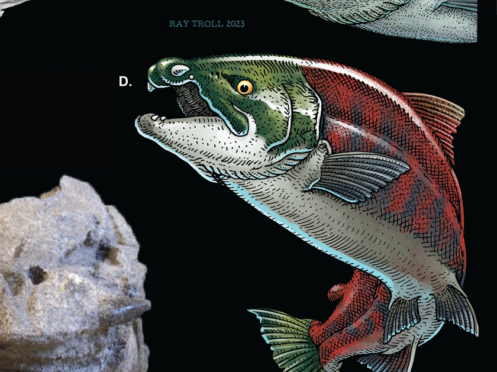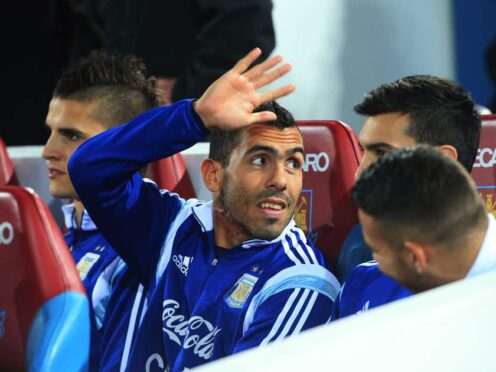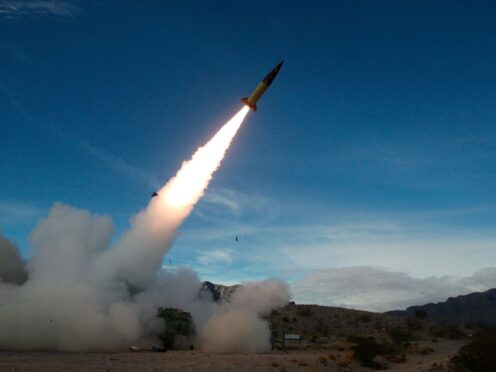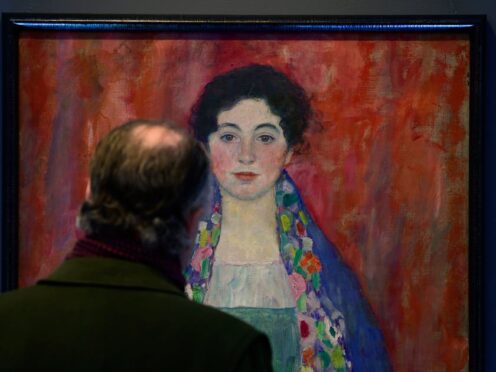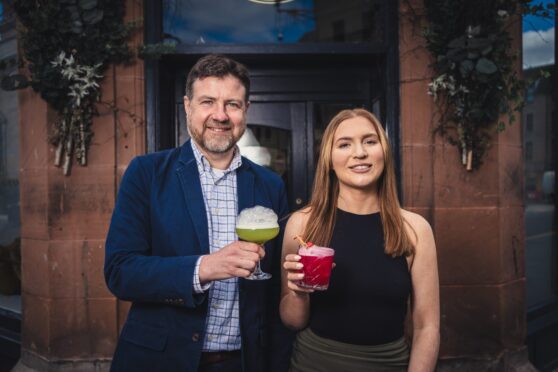A drinks body chief has labelled a blanket ban on energy drinks in schools as “draconian”.
British Soft Drinks Association director general Gavin Partington said any such measure should be evidence-based and the products not used as a scapegoat for classroom problems.
He said: “We recognise that The Courier’s Can It campaign sets out to help teachers and parents help their children at school.
“Members of the British Soft Drinks Association have supported the School Food Trust rules since their introduction in 2007; they clearly state that energy drinks are not to be sold in schools and we support the rights of teachers to decide what pupils are allowed to take into school.
“To further support parents and teachers in 2010 UK energy drinks companies were the first to voluntarily state ‘not recommended for children’ on all labelling and to not promote these products to under-16s.
“We also revised our Code of Practice in 2015 to extend our marketing responsibilities towards children even further including specific guidelines that these products would not be advertised near schools.
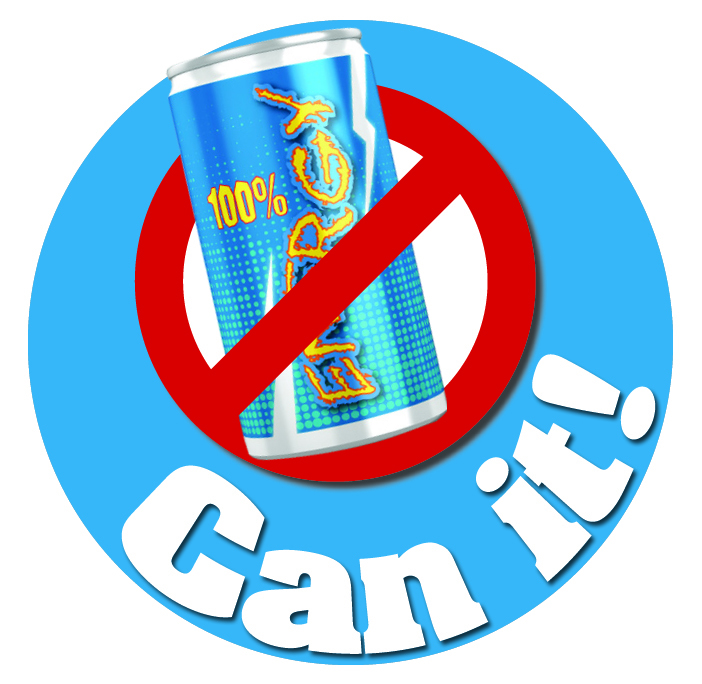
“However, it’s important that policy is based on the evidence. Only last year the European Food Safety Authority confirmed that energy drinks are safe and make up a very small part of the caffeine intake of adolescents and a negligible amount amongst children; the main contributors to daily caffeine intake in all age groups include tea, coffee and chocolate.
“In that context targeting energy drinks for a ban seems draconian; it’s also worth observing that if we are considering behavioural problems in schools it might be sensible to consider a range of lifestyle factors, including hours of sleep, exercise, screen time and of course overall diet.
“Some schools may face particular issues and understandably teachers and parents will wish to address that, but based on the evidence it would be unwise to single out one product for punishment,” said Mr Partington.
For more on our campaign, click here.
